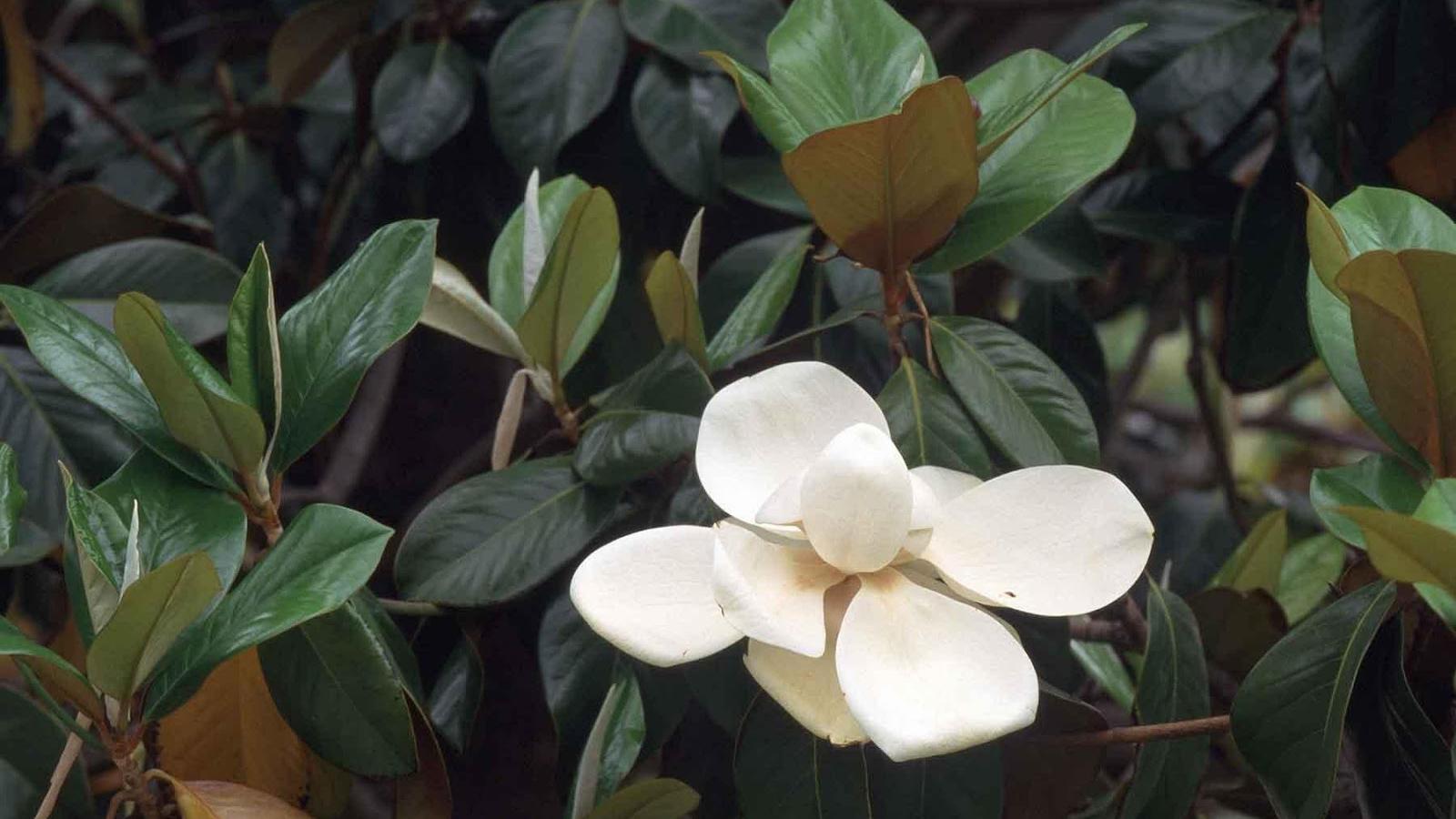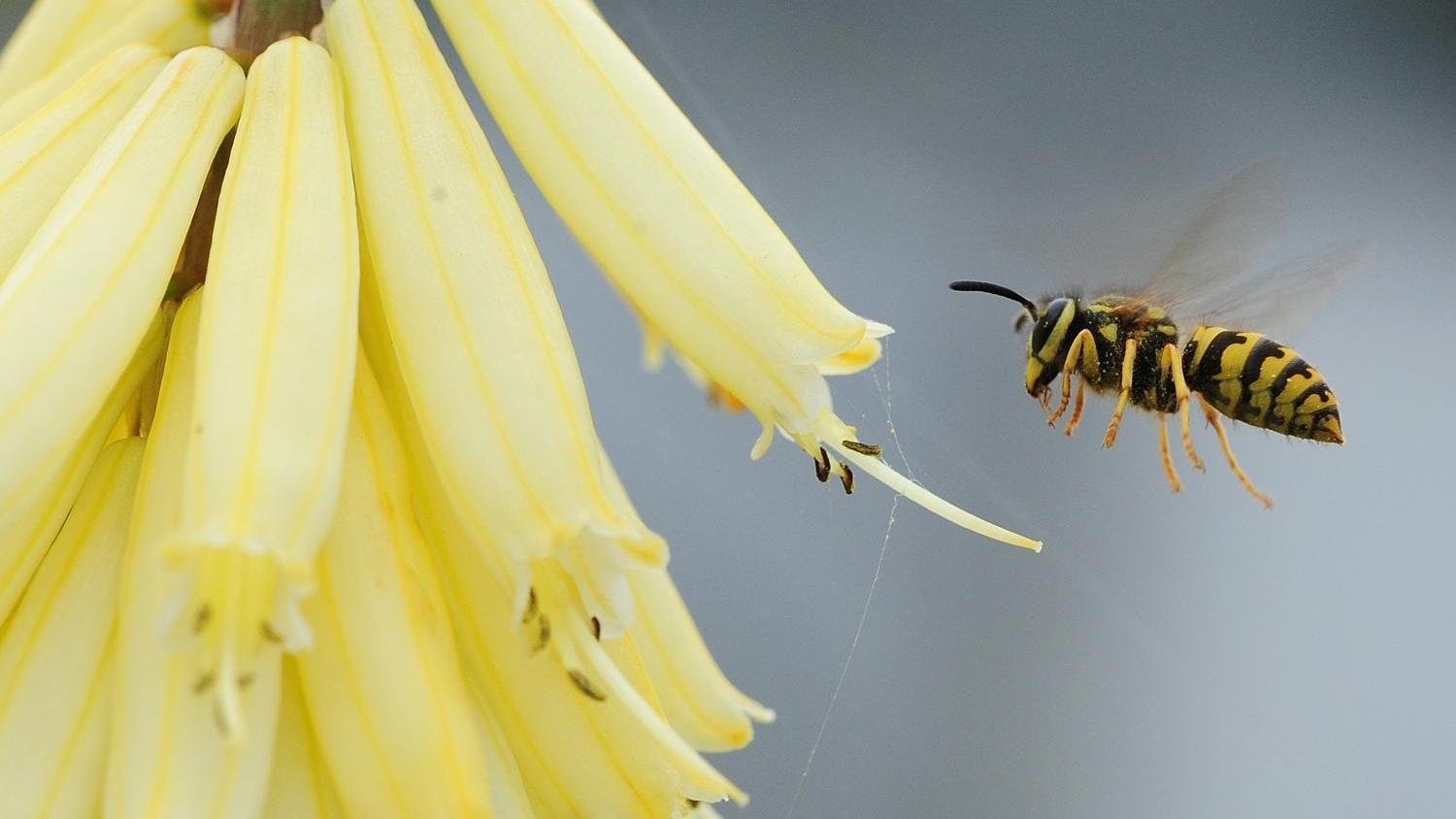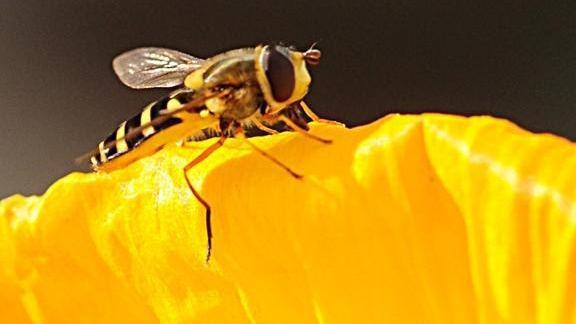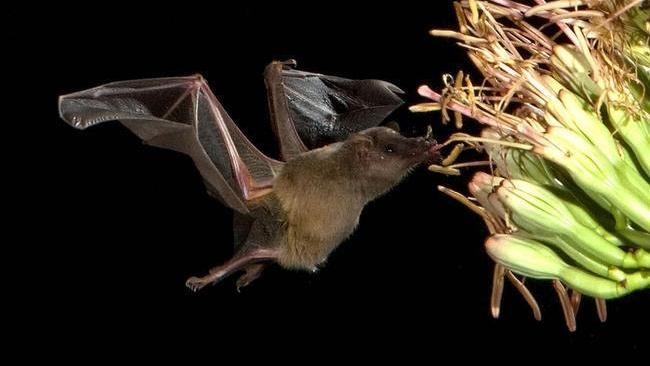Meet the Pollinators
⟩Bees
⟩Hummingbirds
⟩Butterflies
⟩Other pollinators
Bees & bee behavior
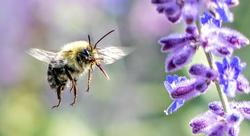
Bee-friendly gardening is simple to do:
PLANT LIST: > PLANTS THAT ATTRACT BEES
Large swaths of one single plant type are most attractive to bees for ease of foraging.
Provide pollen AND nectar. Plant flowers that provide BOTH pollen and nectar for bees.
Plant a continuously blooming garden. Select flowers that will provide successive blooms in spring, summer, and fall.
Variety attracts diversity. Choose ten or more bee attractive flower species for a diversity of bee visitors.
They love sunlight. Bees prefer to visit flowers in the sun.
Leave some ground bare. The majority of bees nest in the ground, so leave areas of your garden bare of mulch or weed cloth.
Please, no chemicals. Avoid plants treated with neonicotinoids. Do not use broad-spectrum pesticides.
Hummingbirds: nature's extremists
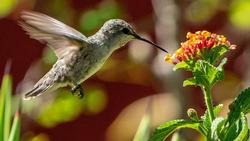
When a hummingbird feeds, pollen from the anthers sticks to the bird and adheres to the stigma when it licks nectar. One hummingbird licks the nectar of around 1,000 flowers every day with its forked tongue. Despite their petite size, hummingbirds are aggressive. They will attack large birds that infringe on their territory.
The western white-winged dove is the only other bird pollinator in the continental United States. The doves visit flowering saguaros for nectar and carry large pollen loads from flower to flower.
How to attract hummingbirds into your garden:
PLANT LIST: > PLANTS THAT ATTRACT HUMMINGBIRDS
Bright colors. Hummingbirds prefer tubular flowers with bright colors, particularly red, yellow, and orange.
Scent doesn't matter. Flowers visited by hummingbirds have mild odors or no scent at all. Hummingbirds have no sense of smell.
Aim for flowers year-round. Use native plants where possible or a combination of native and non-native plants.
No pesticides, please. Insects provide protein for hummingbirds, so do not use pesticides in your garden.
Nectar is sugar water. You can make your own—mix ¼ cup of sugar to one cup of water. Remember to keep your hummingbird feeder filled.
Butterflies: a metamorphosis
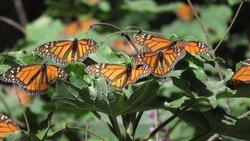
Adult butterflies feed on nectar. Pollen sticks to the butterfly’s tubular mouthpart and rubs off on a flower's stigma as the butterfly feeds. This is how butterflies pollinate. An adult butterfly lays its eggs on plants. The eggs develop into larva. We call the larva caterpillars. Caterpillars feed on host plants until they are ready to pupate. They form a chrysalis and then emerge as adult butterflies. This process is called metamorphosis.
Encourage butterfly visits to your garden with some simple steps:
PLANT LIST: > PLANTS THAT ATTRACT BUTTERFLIES
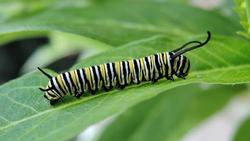
Mass plantings. Plant nectar flowers in large swaths of the same plant type.
Flat-topped flowers preferred. Butterflies prefer flat-topped flowers they can land on while they feed.
More than nectar. Butterflies need resources other than nectar. Leave moist animal droppings or overripe fruit in the garden.
Water source. Butterflies cannot drink from open water. Leave a pan of wet sand under a dripping faucet or place rocks in your water source so they can sip.
Provide caterpillar nurseries. Plant larval host plants. These plants are essential to the butterfly life cycle. Some caterpillars need a specific plant. Monarchs need our native milkweed, Asclepias fascicularis (narrowleaf milkweed) or Asclepias speciosa (showy milkweed). Important: Do NOT plant non-native milkweed. It makes monarchs more vulnerable to predators, among other reasons, including interrupting their migration cycle.
Provide rest spots. Large rocks in open areas provide a resting place for butterflies in the sun but out of the wind.
Please, no pesticides. Avoid using pesticides. Bacillus thuringiensis (Bt) targets caterpillars.
Get to know our native beauties. There are more than 1,300 butterflie species native to California. Visit Calscape.org to learn which are native to your zip code, and which plants they need.
Other desirable pollinators
Welcome all pollinators into your garden.

